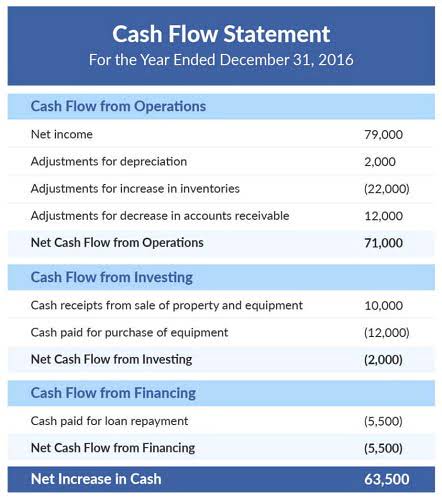
In accounting, there are many different conventions that are designed to match sales and expenses to the period in which they are incurred. One convention that companies embrace is referred to as depreciation and amortization. Accountants commonly use the straight-line basis method to determine this amount. IRS Publication 946 contains rules for what property qualifies for deductions and how it depreciates. For example, most farm property falls under the 150% declining balance method, while most real property falls under the straight line method.
Advantages and Disadvantages of Straight Line Basis

It assumes a constant rate of depreciation, resulting in a linear decrease in the asset’s book value over time. Linear depreciation is widely used in accounting and finance for financial reporting, tax deductions, budgeting, planning, and asset management purposes. Understanding linear depreciation is essential for businesses and individuals to accurately reflect the consumption of asset value over time and make informed financial decisions. A. There are many ways to calculate depreciation in Excel, and several of the depreciation methods already have a built-in function included in the software. The table below includes all the built-in Excel depreciation methods included in Excel 365, along with the formula for calculating units-of-production depreciation. An accelerated depreciation method that results in a high depreciation expense in the early years, followed by gradually decreasing depreciation expenses in subsequent years.
- This $1,000 is expensed to a contra account called accumulated depreciation until $500 is left on the books as the value of the equipment.
- Remember to adjust the depreciation expense downwards when an asset has been acquired or disposed off during the accounting period to avoid charging depreciation for the time the asset was not available for use.
- Straight line method is also convenient to use where no reliable estimate can be made regarding the pattern of economic benefits expected to be derived over an asset’s useful life.
- While the purchase price of an asset is known, one must make assumptions regarding the salvage value and useful life.
Straight Line Depreciation

To limit the rental cost to \($66\), the truck can be driven \(40\) miles or less. The total cost of renting the truck for the day and driving it \(60\) miles would be \($75\). Our expert tax report highlights the important issues that tax preparers and their clients need to address for the 2024 tax year. Stay informed and proactive with guidance on critical tax considerations before year-end. The IRS has a useful system known as the Modified Accelerated Cost Recovery System (MACRS), which is sometimes represented as a table.
- Straight line depreciation is the most commonly used and straightforward depreciation method for allocating the cost of a capital asset.
- According to the straight-line method, you will deduct 1000 euros from the value of this equipment each year.
- Higher depreciation results in higher apparent costs and lower accounting profit.
- Let’s imagine that you bought a capital good for 5000 euros with an estimated useful life of 5 years.
- Write a function that gives the cost of the daily truck rental and use it to determine the total cost of renting the truck for a day and driving it \(60\) miles.
- It can affect the amount of taxes paid, the value of the assets of thebusiness, and much more.
Formula
If it is left blank, Excel will assume the factor is 2 — the straight-line depreciation rate times two, which is double-declining-balance depreciation. Units-of-production depreciation measures a business asset’s value decline over time and in conjunction with how much it’s used. It’s often used to assess depreciation of property such as machinery, which receives more use — and thus depreciates more quickly — in the few first years after it’s acquired. This depreciation rate formula also is best for manufacturing businesses because you consider the number of units produced when measuring value. With the straight line depreciation method, the value of an asset is reduced uniformly over each https://www.instagram.com/bookstime_inc period until it reaches its salvage value. Straight line depreciation is the most commonly used and straightforward depreciation method for allocating the cost of a capital asset.

The straight-line basis is also an acceptable calculation method because it renders fewer errors over the life of the asset. The straight-line method is one of the simplest ways to https://www.bookstime.com/articles/contribution-margin-ratio determine how much value an asset loses over time. In this method, companies can expense an equal value of loss over each accounting period. The assumption made by accountants is that the asset loses the same value over each period. Remember to adjust the depreciation expense downwards when an asset has been acquired or disposed off during the accounting period to avoid charging depreciation for the time the asset was not available for use. Things wear out at different rates, which calls for different methods of depreciation, like the double declining balance method, the sum of years method, or the unit-of-production method.

You would also credit a special kind of asset linear depreciation function account called an accumulated depreciation account. These accounts have credit balance (when an asset has a credit balance, it’s like it has a ‘negative’ balance) meaning that they decrease the value of your assets as they increase. Check out our guide to Form 4562 for more information on calculating depreciation and amortization for tax purposes. This method works best for equipment and tools that wear out with use—as they produce a certain number of units, travel a certain number of miles, produce a certain amount of electricity, etc.—rather than over time.
